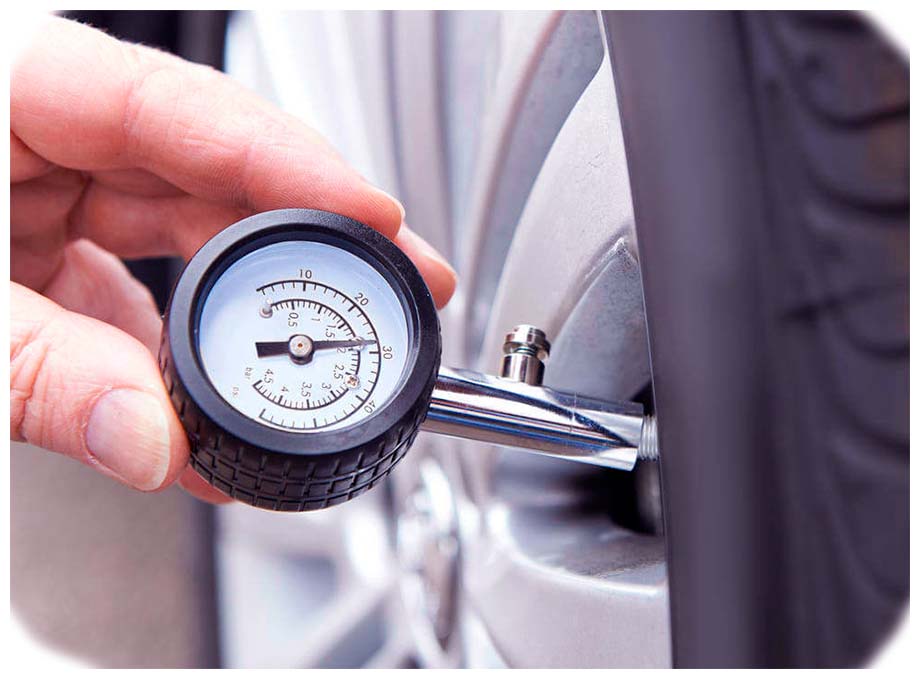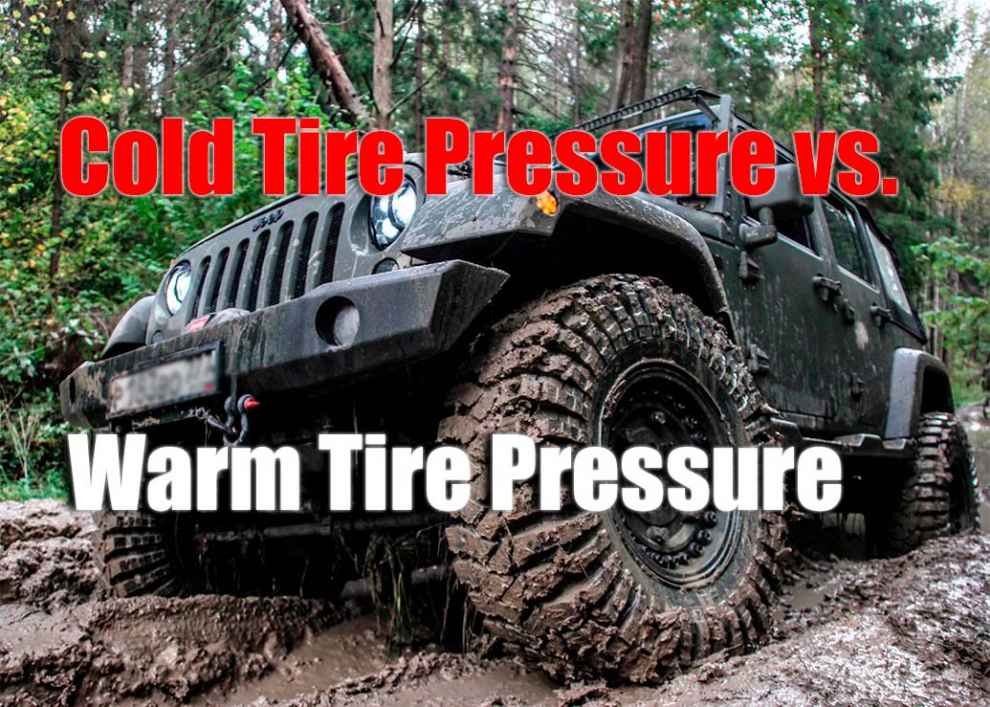Tire pressure is an important factor that can affect the overall performance of your car. Tire pressure is measured in pounds per square inch (PSI) and helps to maintain the proper contact between your tires and the road surface, leading to improved handling, better fuel economy, and a smoother ride. Understanding the difference between cold tire pressure and warm tire pressure is key when it comes to making sure your car performs at its best.
How Temperature Affects Tire Pressure
Temperature plays a significant role in how much air is inside a tire due to its effect on air molecules. As temperature increases, air molecules expand, causing the air pressure inside of a tire to increase as well. Conversely, when temperatures drop, air molecules contract resulting in lower tire pressures. This creates a discrepancy between cold and warm tire pressures that need to be considered when checking or adjusting the PSI of your tires for optimal performance.
Cold Vs Warm Tire Pressures

Benefits of Checking Your Tires in Both Cold and Warm States
Checking your tires’ pressures in both cold and warm states can help you identify any underlying issues with your tires or car that could be causing poor performance or unwanted wear on your vehicle’s components. If you only use cold readings to check your tires you could end up putting too much air in them which increases rolling resistance and reduces grip, leading to decreased fuel economy, diminished cornering ability and increased braking distance. On the other hand, if you only use warm readings then you could find yourself with too little air resulting in under-inflation, which can lead to uneven tread wear and an uncomfortable ride. Therefore, it’s important to make sure that both cold and warm readings are considered when adjusting or checking your tires for optimal performance.
Conclusion
In conclusion, understanding the difference between cold and warm tire pressure is essential for maintaining your car’s performance and safety on the road. Knowing when to use a cold reading or a warm reading depending on the situation can help make sure that you have an optimal PSI in your tires for maximum performance, better grip, improved fuel efficiency, and overall longer tire life.

Add Comment